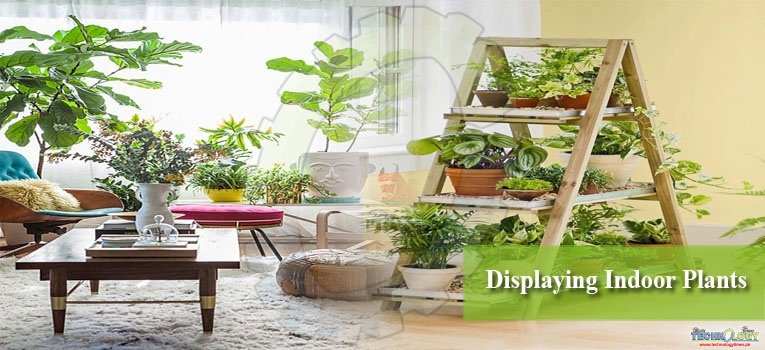The African region is home to a diverse range of indoor plants that exhibit unique beauty and adaptability.

The African region is home to a diverse range of indoor plants that exhibit unique beauty and adaptability. From the iconic Aloe vera, known for its medicinal properties and striking succulent leaves, to the majestic Zamioculcas zamiifolia, or ZZ plant, with its glossy foliage that thrives in low-light conditions, African indoor plants offer a wealth of options for plant enthusiasts.
The vibrant and colorful African Violet (Saintpaulia), with its delicate blooms, adds a touch of elegance to indoor spaces, while the resilient Snake Plant (Sansevieria) showcases its tall, upright leaves that tolerate neglect and purify the air.
The African region is also known for its indigenous ferns, such as the Maidenhair Fern (Adiantum capillus-veneris), which boasts delicate, lacy fronds that bring a sense of tranquility to any interior setting.
With their ability to withstand varying climatic conditions and their striking appearances, indoor plants from the African region continue to captivate plant lovers and contribute to the beauty and well-being of indoor spaces.
Here is a selection of five best gadgets for indoor plants across African region.
1. Smart Plant Sensors: Smart plant sensors are innovative gadgets that help indoor plant owners monitor and maintain optimal growing conditions. These sensors typically measure crucial factors like temperature, humidity, light intensity, and soil moisture.
They connect to a mobile app, allowing users to receive real-time data about their plants and receive notifications when adjustments are needed.
In the African region, where climates can vary significantly, smart plant sensors can help ensure that indoor plants thrive by providing valuable insights into their environmental needs.
2. Grow Lights: Grow lights are essential gadgets for indoor plant enthusiasts, especially in regions with limited natural sunlight. These artificial lighting systems emit specific wavelengths of light that plants require for photosynthesis and growth.
LED grow lights are popular choices due to their energy efficiency and adjustable light spectrums. With the right grow lights, African plant owners can provide adequate light to their indoor plants, even in areas with low natural light conditions.
3. Automatic Plant Watering Systems: Maintaining proper watering can be a challenge for indoor plant owners, particularly in regions where access to water may be limited or inconsistent. Automatic plant watering systems help address this issue by providing a reliable and automated way to water plants.
These systems can be set up with timers or sensors that detect soil moisture levels and dispense water accordingly. By ensuring consistent and appropriate watering, these gadgets support healthy plant growth in African indoor environments.
4. Plant Humidifiers: Many indoor plants thrive in environments with higher humidity levels than what is typically found indoors. In African regions with drier climates, maintaining adequate humidity for certain plant species can be challenging.
Plant humidifiers offer a practical solution by releasing a fine mist or vapor into the air, increasing humidity levels around the plants. These gadgets are particularly beneficial for tropical plant species or those that require more humidity for optimal growth.
5. Smart Planters: Smart planters integrate technology and design to create an enhanced growing experience for indoor plants. These planters often include features like self-watering mechanisms, built-in nutrient systems, and connectivity with mobile apps for remote monitoring and control.
Some smart planters even have automated rotation mechanisms to ensure even exposure to light. These gadgets combine functionality and aesthetics, making them ideal for plant enthusiasts in African regions who seek convenience and style while caring for their indoor plants.
The availability and popularity of specific gadgets may vary across different regions in Africa, and it’s always recommended to research and choose gadgets that align with the specific needs of the plants and the local environment.